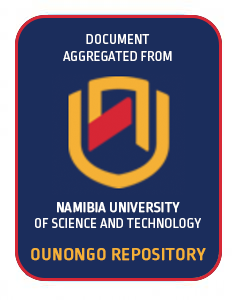Land reform
A lot of aspects are commonly subsumed under the concept land reform. These range from redistribution to tenure and agrarian reform. What do these different concepts mean? Agrarian reform: this is the broadest term and refers to attempts to change the agrarian structure of a country. It typically includes land reform, tenure, the reform of agricultural support systems and the reform of the credit system.

